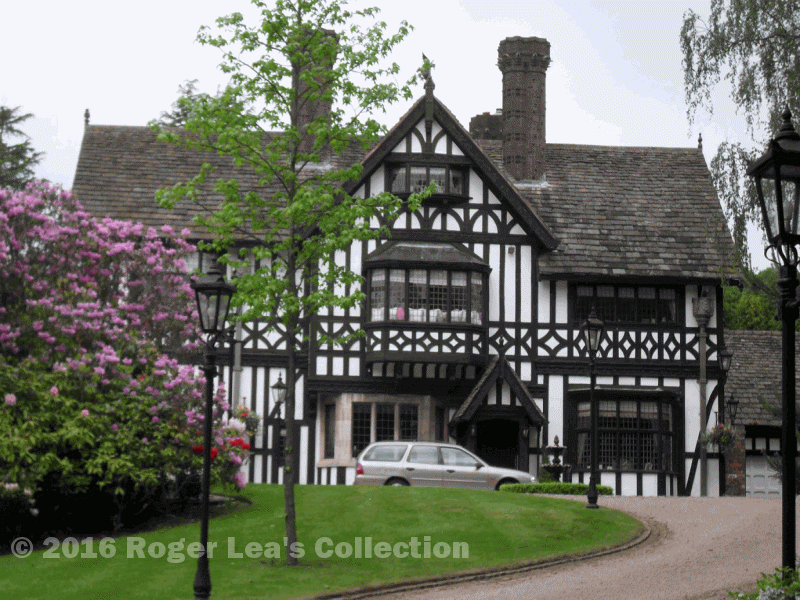Four Oaks Hall was demolished in 1895. It had been built by Simon Luttrell early in the eighteenth century, and he had secured an Act of Parliament enabling him to add 46 acres of Sutton Park to his Four Oaks Park, and a later owner, Sir William Hartopp, managed to obtain another 63 acres of Sutton Park. Four Oaks Park was later developed as a racecourse, opened in 1881.The circular course lay between Bracebridge Road and Four Oaks Road, with the hall in the centre; it closed in 1889.
Four Oaks Hall and its park were purchased by Lord Clanricarde. Hubert de Burgh-Canning, second Marquess of Clanricarde was notorious for rack-renting on his huge estates in Ireland, a very wealthy man. A contemporary noted “Few people know Lord Clanricarde personally. He lives the life of a hermit in London in a dingy set of chambers in the Albany, off Piccadilly, and never goes out into society”. The purchase of Four Oaks Hall was a purely business transaction, done with a view to making a profit, and his agents soon set out Hartopp Road, Luttrell Road, Ladywood Road, Wentworth Road and Bracebridge Road with a view to selling the land off for building.
Prestigious houses had already been built in the Four Oaks area for the wealthy businessmen of Birmingham and the Black Country, and the Four Oaks Park estate attracted many more. Ravenswood, in Wentworth Road, was one of the first houses, built in 1892, followed by Briarwood in six acres of land in Hartopp Road, while Carhampton House, 11 Luttrell Road, which occupies most of the site of the demolished Four Oaks Hall dates from 1902.
Each individual purchaser of a plot on the Four Oaks Park Estate had to agree to certain conditions - to spend at least a given amount on building the house, (depending on the size of the plot), to observe a building line, and not to use the property for any commercial purpose. Wealthy businessmen were keen to move to such a prestigious location, and most of them employed architects of the Arts and Crafts movement to design their houses - Ravenswood was one of several houses designed by Titley, several were by Crouch and Butler, Carhampton (grade II listed) was by Bateman, and Woodgate (in six acres of grounds) which is also a grade II listed building, was built by the noted architect W.H. Bidlake for himself in 1896.
Four Oaks Park Estate continued to develop in this exclusive style for another thirty years, the roads are all private roads, and the whole estate is part of the Four Oaks Conservation Area thanks to the quality of the architecture
